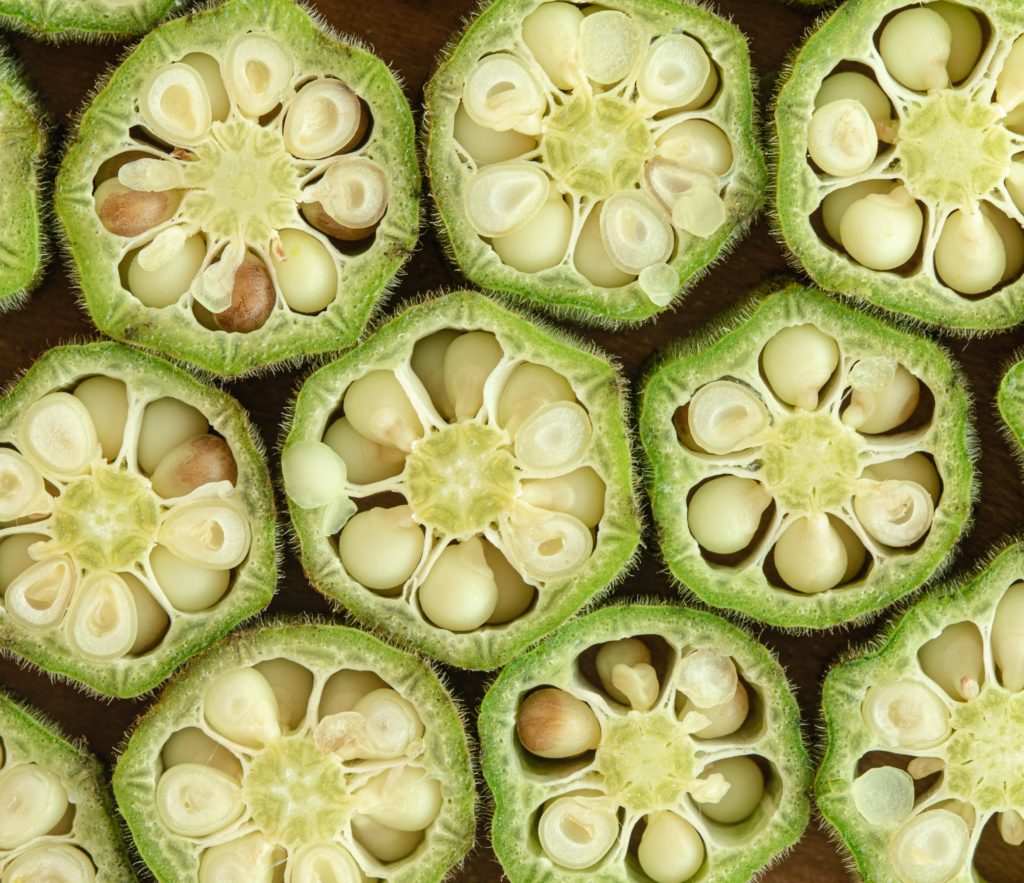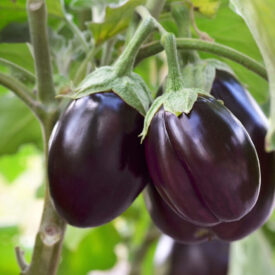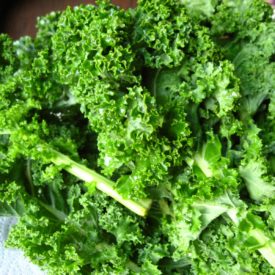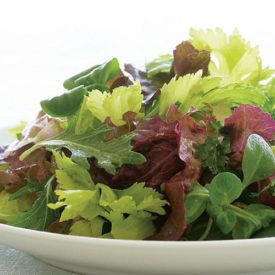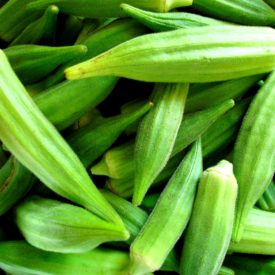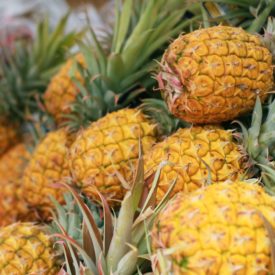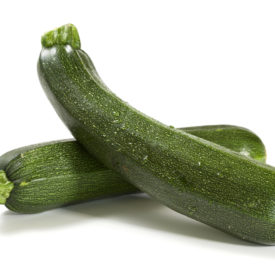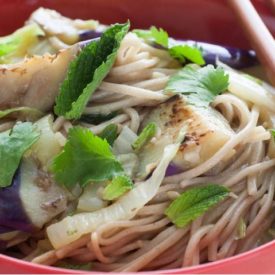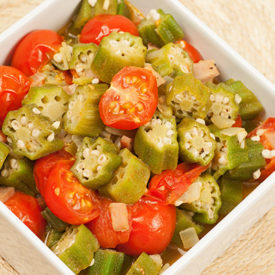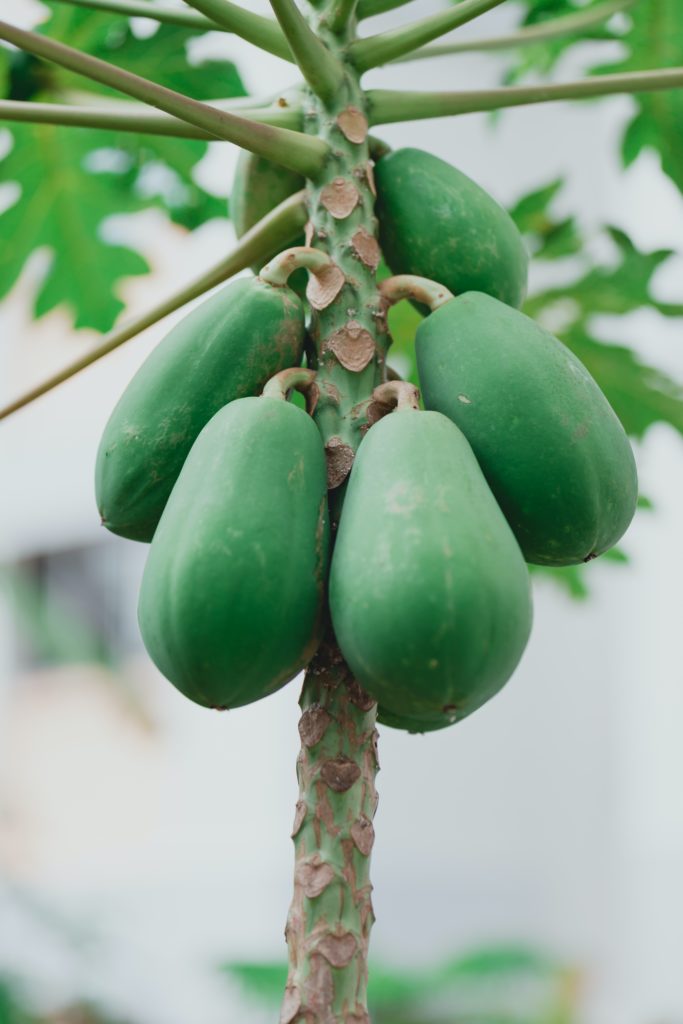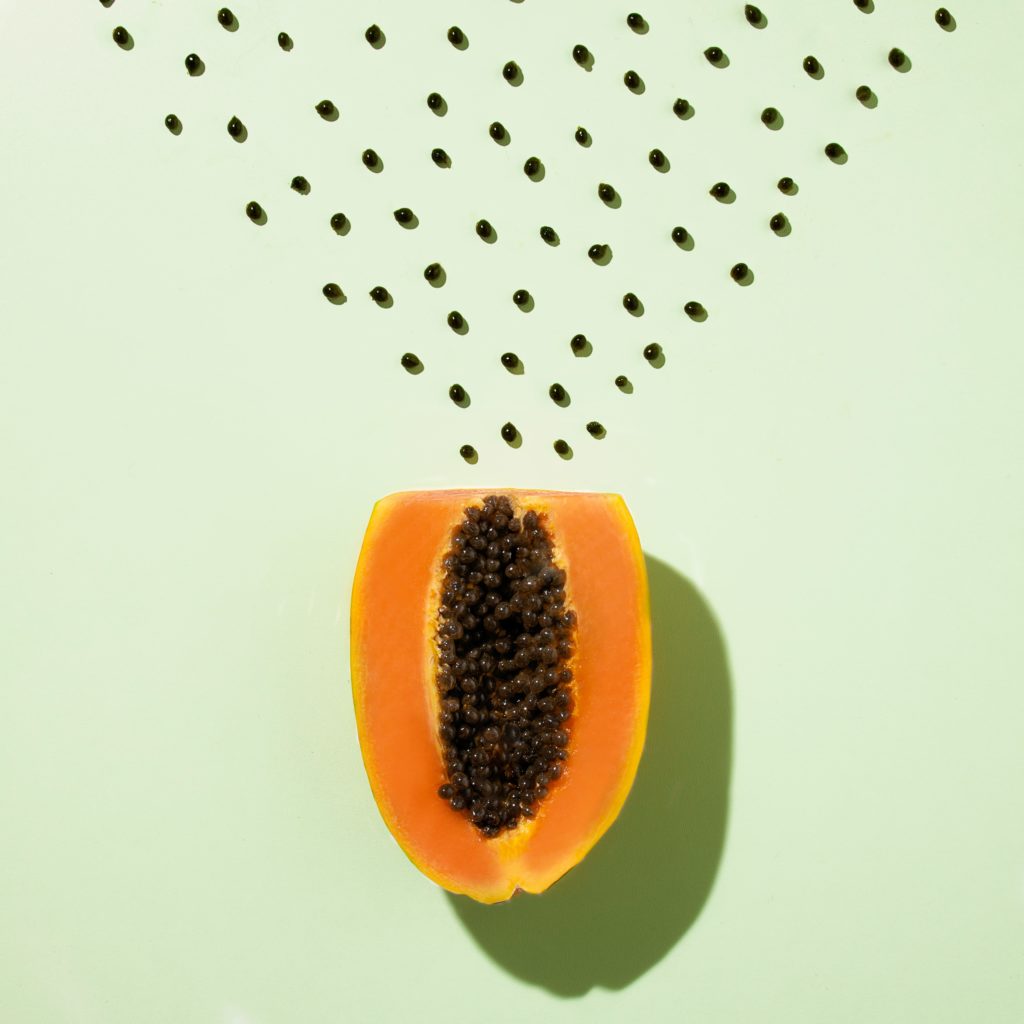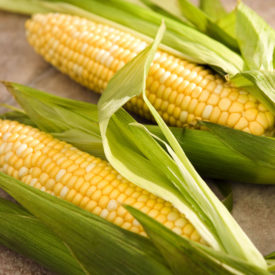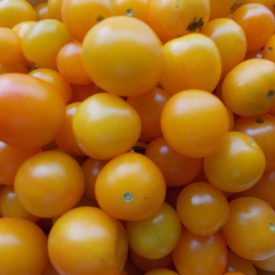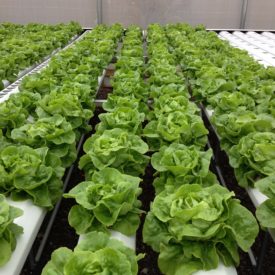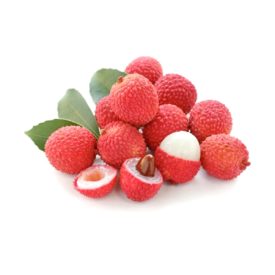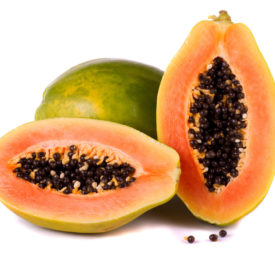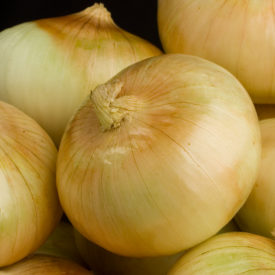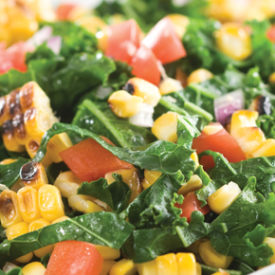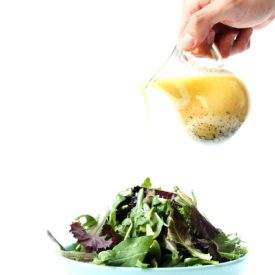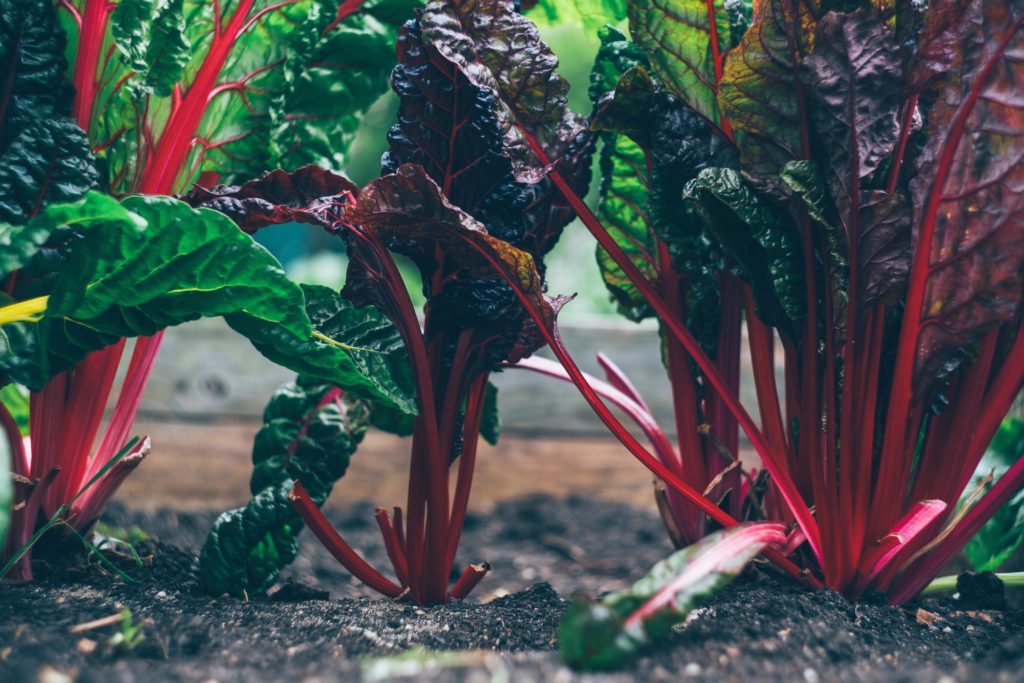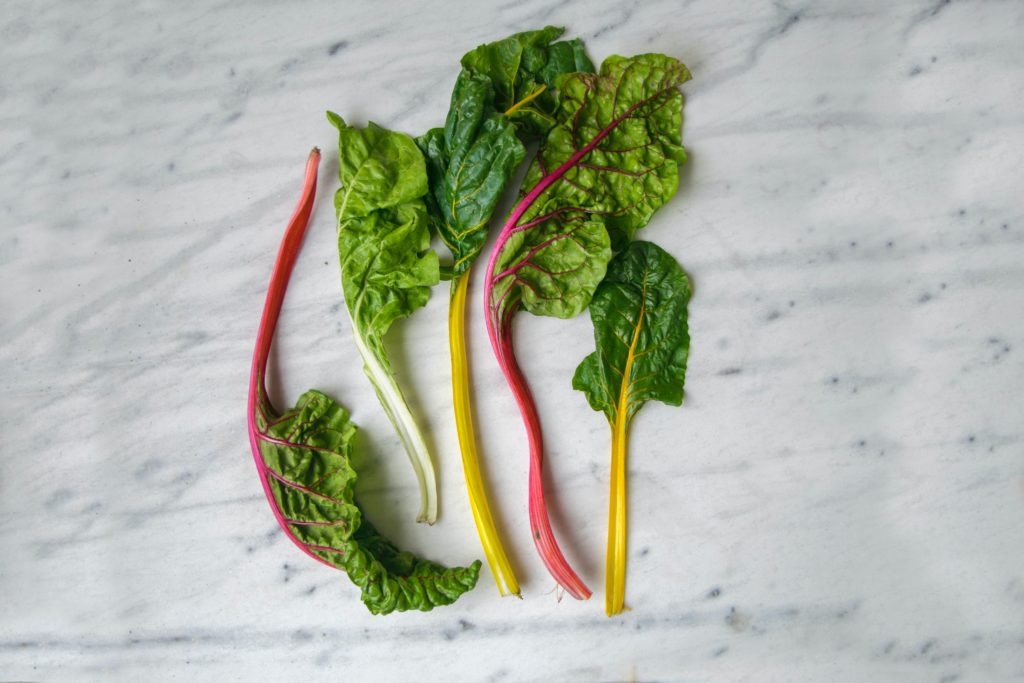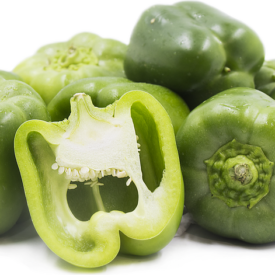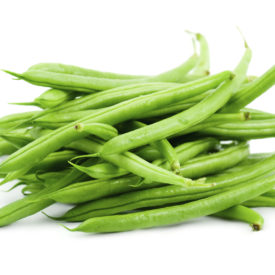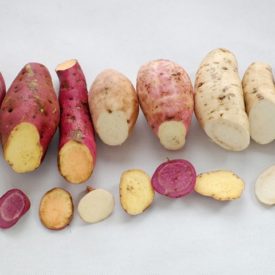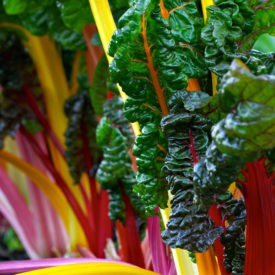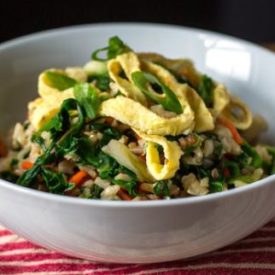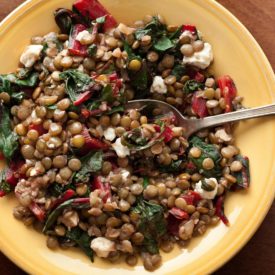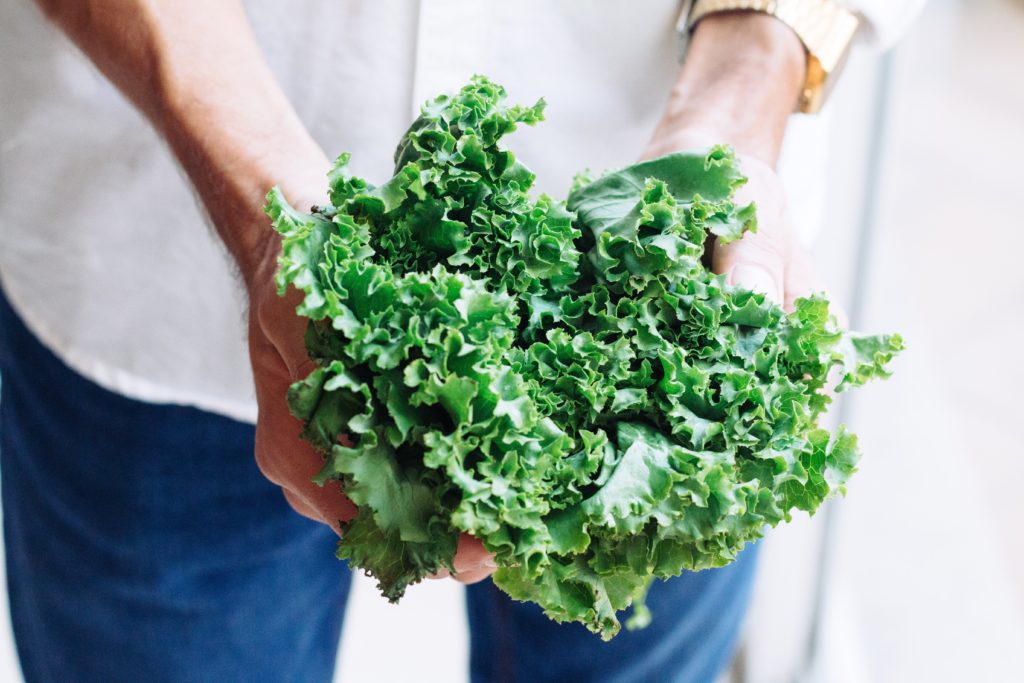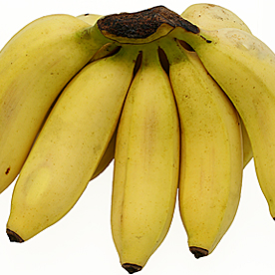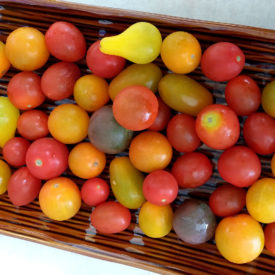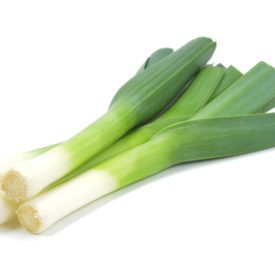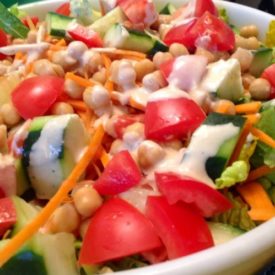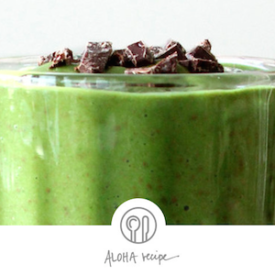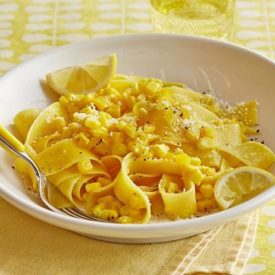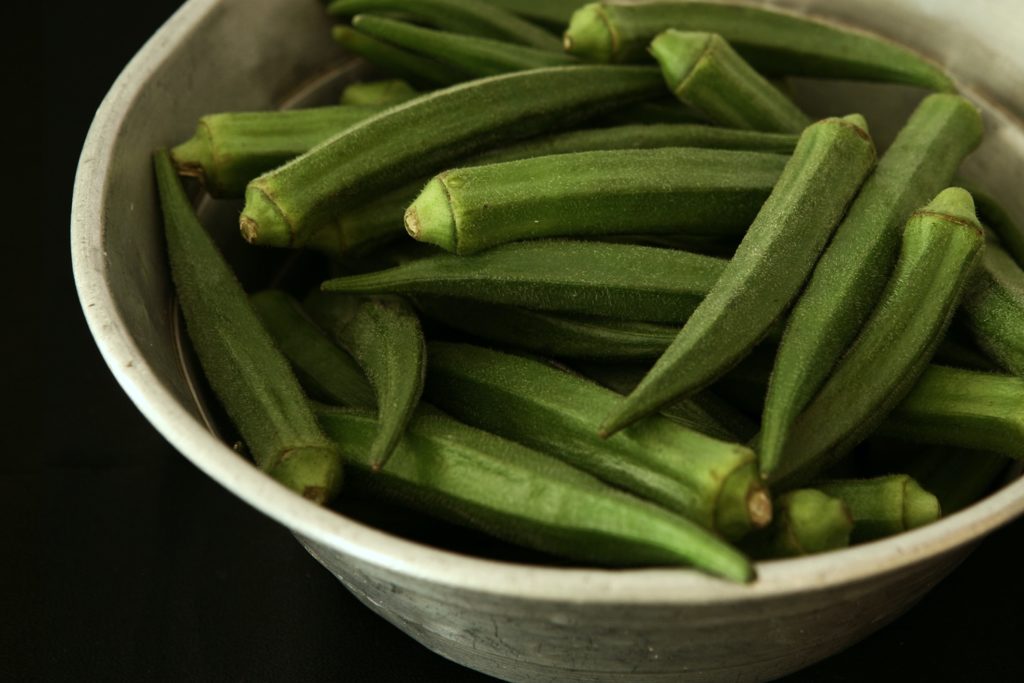
Originally from Africa, okra is now widely used in cuisines such as Caribbean, Creole, Cajun and Indian. It is a warm-season vegetable and essential crop in many countries due to its high nutritional value. Ridged along its length, the green, slightly fuzzy pod contains rows of edible seeds that release a sticky liquid when chopped and cooked. This has led to it being used to thicken soup and stew recipes such as Cajun gumbo, but it’s also served whole as a side dish. Okra’s flavor is quite subtle, so it benefits from being cooked with strong, spicy ingredients!
Storage
Keep okra dry and store in the crisper drawer in a paper or plastic container to stop it from becoming slimy or moldy. Avoid washing it until you are ready to use it. Use within 3-4 days.
Preparation
Wash and dry. If you are serving the okra whole as a side dish, and don’t want the liquid to be released during the cooking, trim around the stalks in a cone shape, so that the pod isn’t pierced. If you do want to release the liquid, chop or slice thickly or thinly, according to your recipe.
